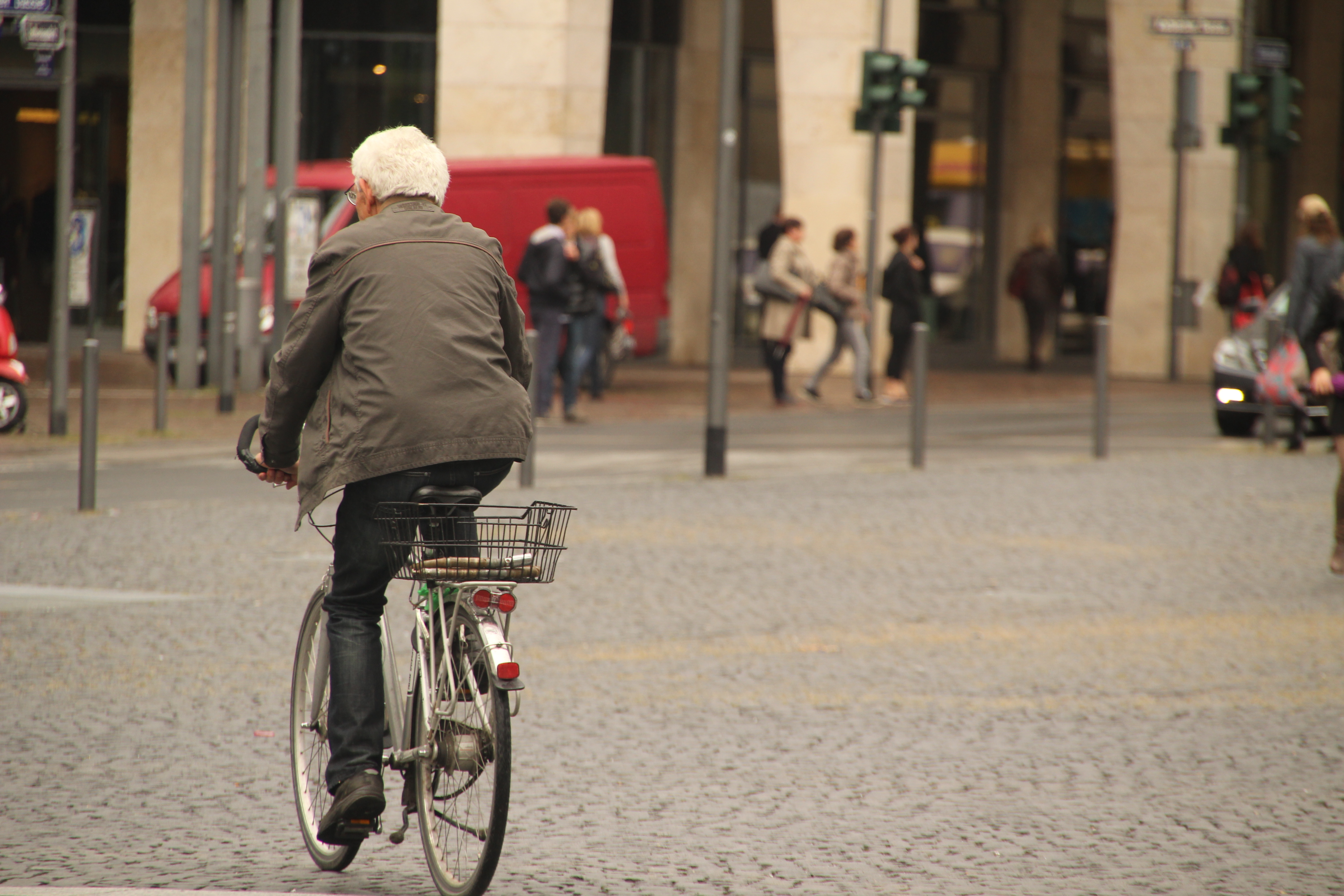Promoting Independence Among Elderly with Video Analytics

Typically, the words video surveillance have a governmental and security connotation. And hearing those words in the context of home-based elderly care, seems a bit harsh: What happened to respecting the elderly’s personal dignity – not to mention privacy? You’d be surprised with the answers: According to National Aging in Place Council, 90 percent of older adults would prefer to age in place rather than move to senior housing.
According to CDC, aging in place is the ability to live in one’s own home and community safely, independently, and comfortably, regardless of age, income, or ability level. And, when weighing the pros and cons of aging in place, what are a few cameras – to which you can quickly acclimate – compared to living independently in one’s own home?
Many adjustments must be made to turn the desire of aging in place to a safe and sustainable reality for the elderly community. Changes vary and whether it’s making the 10 changes the Washington Post proposes or implementing the 7 suggestions provided by AARP, these adjustments are just one angle of ensuring successful aging in place in the best possible way.
Analyzing this issue from a different angle takes us back to video surveillance which, in light of the above, should now sound less controversial. In fact, the connotation should now be protection, personal integrity and quality of life.
When you take video surveillance and add video analytics, you can see the clear advantage of a cost-efficient, time saving and easily implemented solution for aging in place. For example, consider the case of an elderly parent, who is independent and wishes to live happily in his or her home, yet tends to forget to turn off the burners on the stove after making breakfast, or forgets to take medication twice a day. By applying home VIDEO SYNOPSIS® innovation and analytics to IP cameras installed at your parent’s home, you can receive real-time alerts that you define, review your parent’s day in just minutes and ensure their quality of life is maintained with minimal interference and hassle.
The ability to remotely check on your parents while remaining sensitive to their privacy, and of staying close to them from afar, is a game changer. And, if your parent lives with a caregiver, monitoring the service and ensuring proper behavior is essential for your parent’s well being.
There are additional angles to home video analytics that go beyond safety and physical well being. Connecting other sensors in the house to video analytics takes aging in place safely to aging in place smartly. More on that in the future.